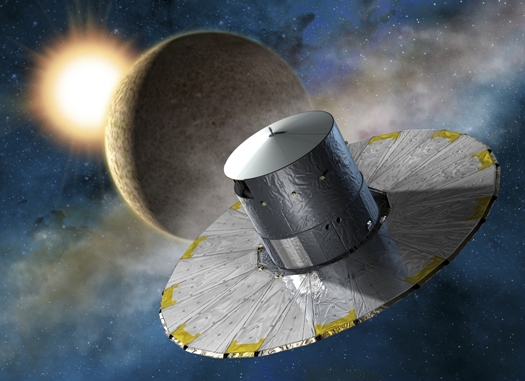European satellite Gaia may find thousands of new planets
 Washington, Nov 7 : Scientists have revealed that the recently launched European satellite Gaia could discover tens of thousands of planets during its five-year mission.
Washington, Nov 7 : Scientists have revealed that the recently launched European satellite Gaia could discover tens of thousands of planets during its five-year mission.
Princeton University and Lund University researchers said that the discovery could provide scientists with a far better understanding of the number, variety and distribution of planets in our galaxy.
Researchers from Princeton University and Lund University in Sweden calculated that the observational satellite Gaia could detect as many as 21,000 exoplanets, or planets outside of Earth's solar system, during its five-year mission. If extended to 10 years, Gaia could detect as many as 70,000 exoplanets, the researchers report. The researchers' assessment is accepted in the Astrophysical Journal and was published Nov. 6 in advance-of-print on arXiv, a preprint database run by Cornell University.
Study's first author Michael Perryman said that exoplanets will be an important "by-product" of Gaia's mission and the satellite will also capture the motion, physical characteristics and distance from Earth - and one another - of roughly 1 billion objects, mostly stars, in the Milky Way galaxy with unprecedented precision. The presence of an exoplanet will be determined by how its star "wobbles" as a result of the planet's orbit around it.
More important than the numbers of predicted discoveries are the kinds of planets that the researchers expect Gaia to detect, many of which - such as planets with multi-year orbits that pass directly, or transit, in front of their star as seen from Earth - are currently difficult to find.
The satellite's instruments could reveal objects that are considered rare in the Milky Way, such as an estimated 25 to 50 Jupiter-sized planets that orbit faint, low-mass stars known as red dwarfs. Unique planets and systems - such as plane ts that orbit in the opposite direction of their companions - can inspire years of research. (ANI)